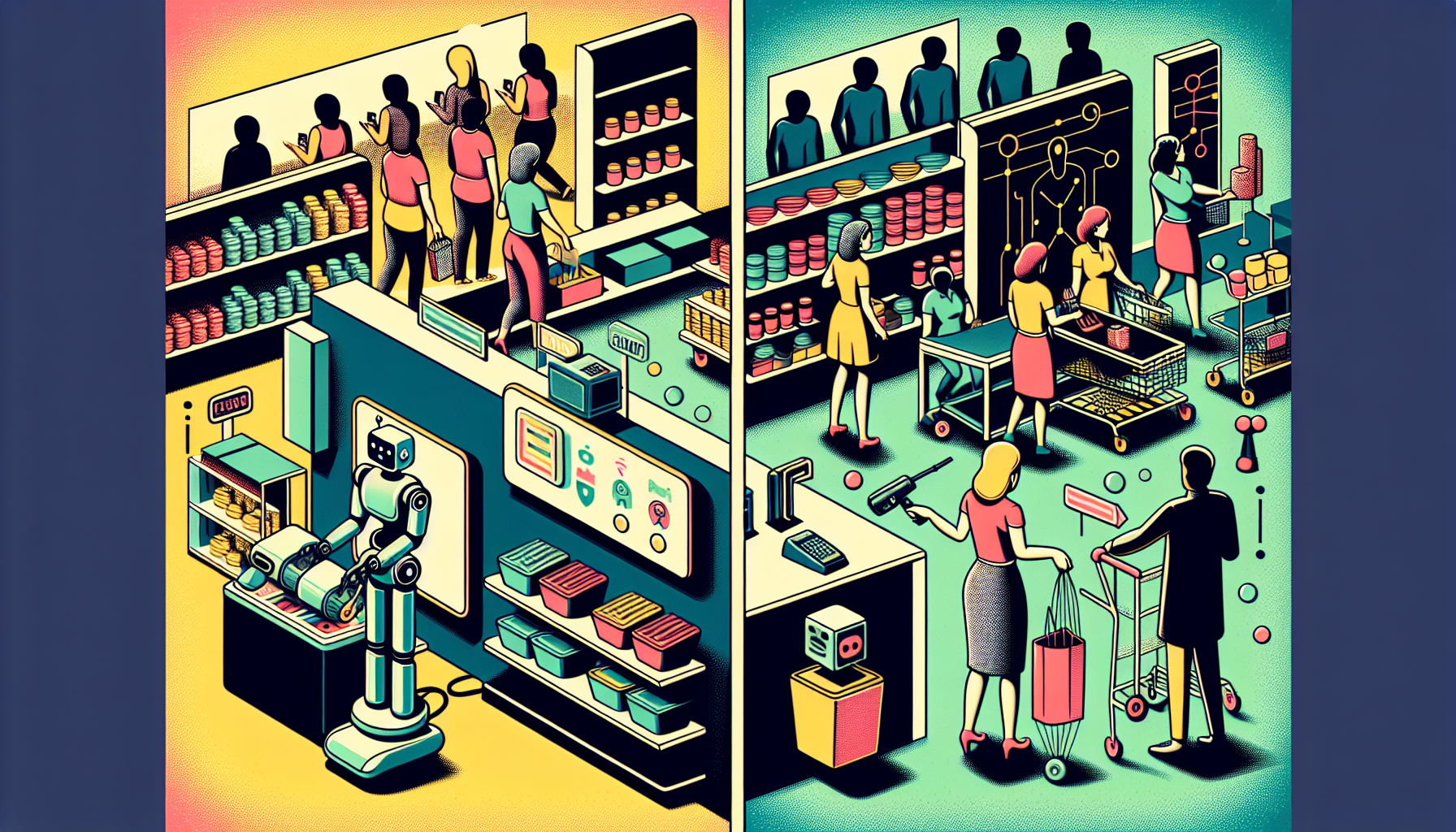A groundbreaking study released on July 6, 2025, brings to light a sobering truth about artificial intelligence: while AI agents excel in simulations, they still struggle when placed in the busy, unpredictable environment of real-world retail stores. Tasks like restocking shelves, helping customers in person, and managing physical payments remain difficult for AI, mainly because the real world’s complexity can overwhelm even the most advanced decision-making systems. This reveals a clear gap between how AI is trained in virtual worlds and how it performs in actual stores, highlighting the urgent need for more realistic training so that AI can truly succeed beyond controlled settings. (Source: Crescendo AI news, July 6, 2025)
Why AI Agents Struggle in Real-World Retail
At the heart of the issue is the unpredictable nature of physical stores. Unlike online environments—where rules are clear and everything is digital—real shops are full of surprises and sudden changes. For example:
- Customer Behavior: Every customer is different. Unlike predictable virtual shoppers, real people can ask unexpected questions, change their minds, or behave in completely new ways.
- Physical Tasks: Simple jobs like placing a box on a shelf require careful movements, awareness of surroundings, and the ability to adapt if something goes wrong. Current AI systems often lack the dexterity and situational awareness needed for these tasks.
- Handling Payments and Interactions: Taking real-world payments demands quick thinking and the ability to deal with errors or unexpected events, such as a customer’s card not working or a price discrepancy.
These challenges are very different from what AI faces online, where everything happens in a carefully structured digital space.
AI Successes in Retail and E-commerce
Despite these challenges on the shop floor, AI has already transformed other parts of the retail world, especially online:
- Personalized Shopping: Target’s AI shopping assistants have made shopping easier and helped boost sales by 35%. They do this by suggesting products tailored to each customer’s preferences and by checking what’s in stock in real time.
- Automated Support: Shops using platforms like Shopify employ AI chatbots to help answer customer questions and send personalized offers, reducing the need for human staff and increasing sales conversions.
- Smarter Management: Salesforce’s Agentforce platform gives retailers AI agents that can handle sales, manage accounts, and solve customer problems. Major brands like Saks and SharkNinja are already seeing greater efficiency, even as they continue to navigate challenges in physical stores.
Industry Trends and Key Numbers
- More than 40% of retailers now use AI in their daily operations to create better customer experiences, increase efficiency, and save on costs.
- Companies such as Amazon and Walmart report impressive results—Amazon saw a 35% jump in sales through personalized recommendations powered by AI, while Walmart lowered inventory costs by 15% with smarter AI-driven stock management.
Conclusion and Outlook
The difference between what AI can do in digital settings and what it manages in real stores points to a fundamental challenge for the technology. If AI is to make a real impact on the shop floor, its training needs to become far more realistic, taking into account the constantly changing and complex situations found in actual retail spaces.
Until then, the greatest value of AI in retail will likely remain in online shopping, automated customer service, and decision-making based on data—rather than in physical tasks that require flexibility and human-like thinking.
This study is an important reminder to both researchers and industry leaders. To unlock AI’s full potential in the real world, we need not only smarter machines but also entirely new approaches to training—approaches that capture the messiness and unpredictability of life outside the lab.

Leave a Reply